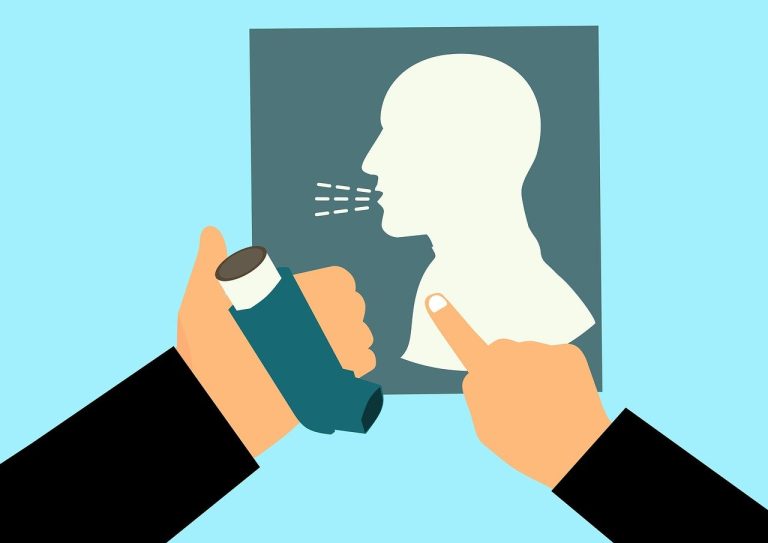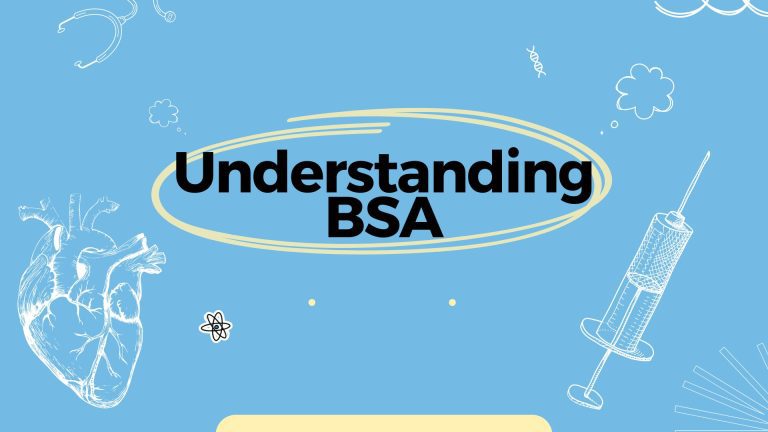Book Appointment Now

Understanding Liquid Dosage Forms for PTCE Success
Liquid dosage forms are vital to pharmacy practice and a key focus of the PTCE. These forms include solutions, suspensions, emulsions, syrups, elixirs, tinctures, and sprays, each with unique uses and properties. Understanding these is essential for accurate dispensing and patient care.
This guide will break down the types, advantages, disadvantages, and handling tips, helping you master this crucial PTCE topic and excel in your pharmacy career.
What are Liquid Dosage Forms?
Definition
Liquid dosage forms are pharmaceutical products that deliver medication in liquid form. These forms are designed to provide accurate and efficient delivery of medications through various routes, including oral, topical, and parenteral.
Overview
Liquid dosage forms are diverse, each suited for specific applications and patient needs. The main types include:
- Solutions: Homogeneous mixtures where the drug is completely dissolved.
- Suspensions: Mixtures with small particles dispersed in a liquid.
- Emulsions: Mixtures of two immiscible liquids stabilized by an emulsifier.
- Syrups: Concentrated sugar solutions containing medication.
- Elixirs: Clear, sweetened hydroalcoholic solutions.
- Tinctures: Alcoholic or hydroalcoholic solutions made from plant or chemical substances.
- Sprays: Liquid forms delivered as a fine mist or aerosol for targeted application.
Types of Liquid Dosage Forms
Solutions
- Definition: Homogeneous mixtures where the drug is completely dissolved.
- Examples: Oral solutions, injectables.
- Advantages: Easy administration, uniform distribution.
- Disadvantages: Stability issues and taste concerns.
- Applications: Enemas, washes, gargles, irrigations, douches.
Suspensions
- Definition: Mixtures with dispersed particles.
- Examples: Antibiotic suspensions.
- Advantages: Suitable for insoluble drugs.
- Disadvantages: Requires shaking, stability concerns.
- Applications: Oral, topical, injectable (Kenalog-40).
Emulsions
- Definition: Mixtures of immiscible liquids.
- Examples: Topical creams, oral emulsions.
- Advantages: Enhanced bioavailability.
- Disadvantages: Stability issues, complex preparation.
- Applications: Oil and water mixtures, use of emulsifying agents.
Syrups
- Definition: Concentrated sugar solutions containing medication.
- Examples: Cough syrups.
- Advantages: Pleasant taste, easy to swallow.
- Disadvantages: High sugar content, not suitable for diabetics.
Elixirs
- Definition: Sweetened hydroalcoholic solutions.
- Examples: Medicinal elixirs.
- Advantages: Suitable for alcohol-soluble drugs, stable.
- Disadvantages: Contains alcohol, not suitable for all patients.
Tinctures
- Definition: Alcoholic or hydroalcoholic solutions made from plant or chemical substances.
- Examples: Herbal tinctures.
- Advantages: Long shelf life, potent.
- Disadvantages: Contains alcohol, taste concerns.
Sprays
- Definition: Liquid forms delivered as a fine mist or aerosol.
- Examples: Nasal sprays and throat sprays.
- Advantages: Rapid absorption, targeted delivery.
- Disadvantages: Limited dose control, potential irritation.
- Applications: Nasal decongestants, topical anesthetics, respiratory treatments.
Advantages and Disadvantages of Liquid Dosage Forms
Advantages
- Rapid Response: Liquid medications are quickly absorbed, leading to faster therapeutic effects.
- Easy to Swallow: Ideal for patients who have difficulty swallowing tablets or capsules.
- Adjustable Doses: Doses can be easily adjusted, making them suitable for all age groups.
- Versatile Applications: Can be used for oral, topical, and injectable routes.
Disadvantages
- Unpleasant Odors and Tastes: Some liquid medications may have undesirable flavors and smells.
- Need for Preservatives: Preservatives are often necessary to prevent microbial growth.
- Additional Instructions: Patients may require extra guidance on proper use.
- Risk of Dose Errors: Mis-measurement can lead to incorrect dosing.
- Inconvenience and Bulkiness: Larger volumes can be cumbersome to store and transport.
- Faster Loss of Potency: Liquids can degrade more quickly than solid forms.
Key Considerations in Handling Liquid Dosage Forms
Storage Conditions
Proper storage is crucial for maintaining the stability and efficacy of liquid medications. Factors such as temperature, light, and humidity can affect their shelf life and potency. Always follow the manufacturer’s specific storage instructions.
Measurement Accuracy
Accurate measurement is essential to ensure correct dosing. Tools such as oral syringes, measuring spoons, and cups are commonly used. Proper training on how to use these tools can prevent dosing errors.
Patient Instructions
Providing clear and concise instructions to patients is vital. This includes measuring and administering the medication, any necessary shaking or mixing, and storing the medication properly. Clear instructions help ensure patient compliance and safety.
Common Issues and Solutions
Stability
- Issue: Liquid medications can be unstable, reducing efficacy and safety.
- Solution: Store medications as recommended (e.g., refrigeration, protection from light) and check expiration dates regularly. Use preservatives to prolong shelf life.
Taste Masking
- Issue: Unpleasant taste can reduce patient compliance.
- Solution: Use flavoring agents, sweeteners, or refrigeration to improve palatability. Pharmaceutical companies often use these methods to make medications more acceptable to patients.
Patient Compliance
- Issue: Patients may struggle with following the prescribed regimen.
- Solution: Provide clear, easy-to-follow instructions and use tools like dosing syringes for accurate measurement. Educate patients on the importance of adhering to their medication schedule.
Conclusion
Understanding liquid dosage forms is essential for both the PTCE and effective pharmacy practice. We covered definitions, types, advantages, disadvantages, handling considerations, and solutions to common issues.
Keep studying and practicing to master this topic, which is crucial for your PTCE success and professional competence.
Explore additional study materials, practice tests, and guides to deepen your understanding. For a detailed PTCE content outline, visit the PTCB Guidebook.
Subscribe to our blog for more tips and insights. Share your thoughts or questions in the comments to engage with fellow learners.

Founder of the PTCBFreePracticeTest.com.



